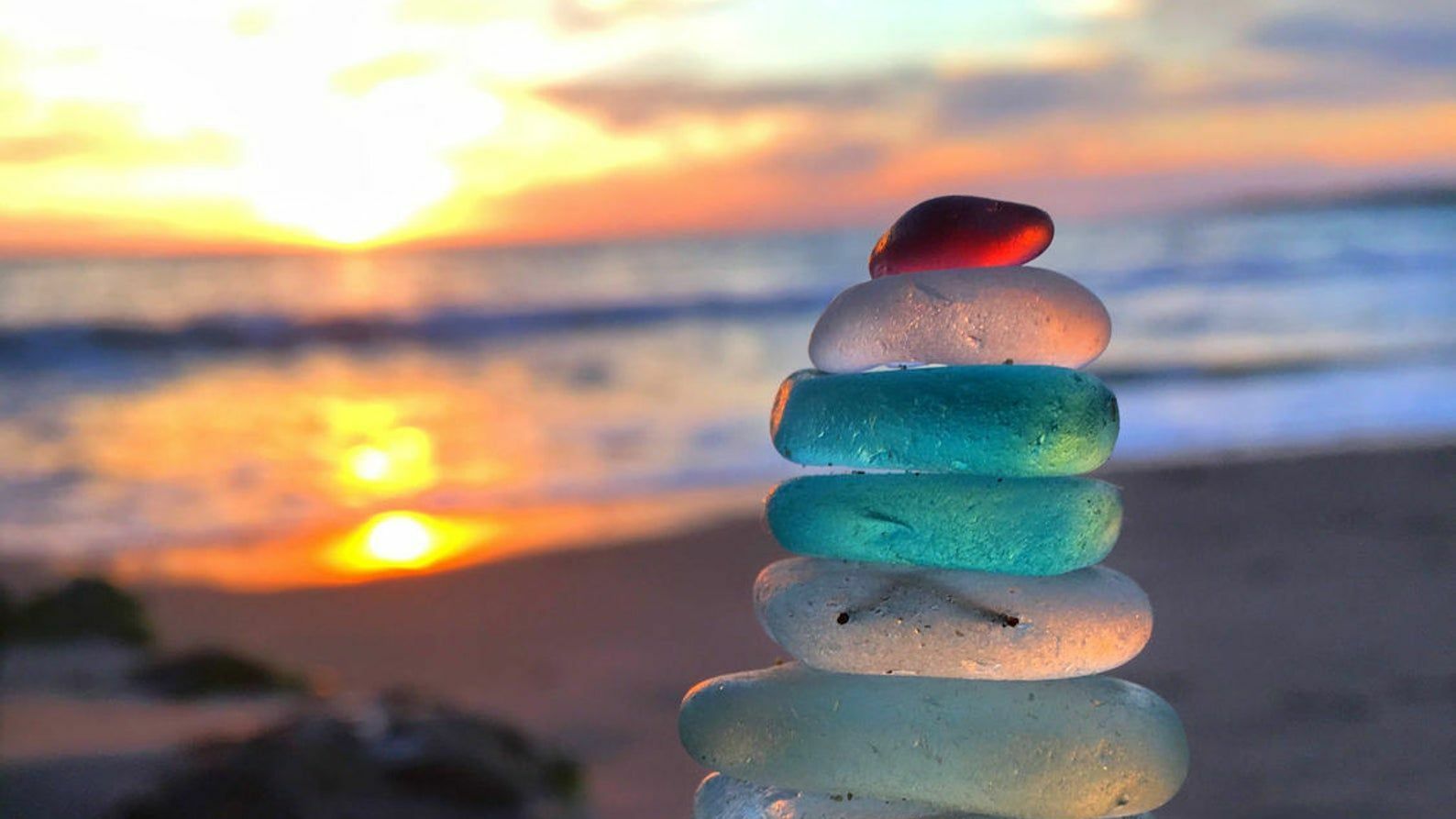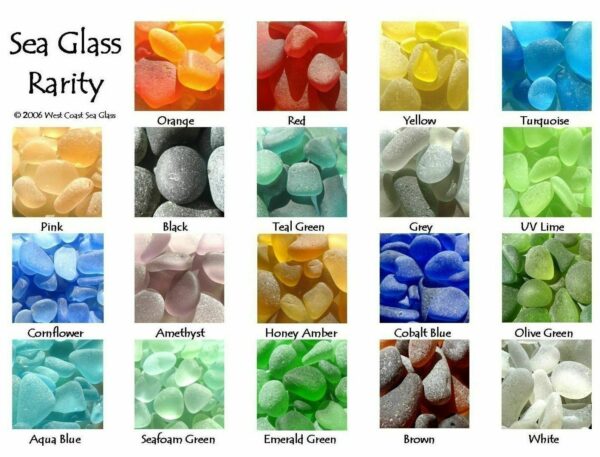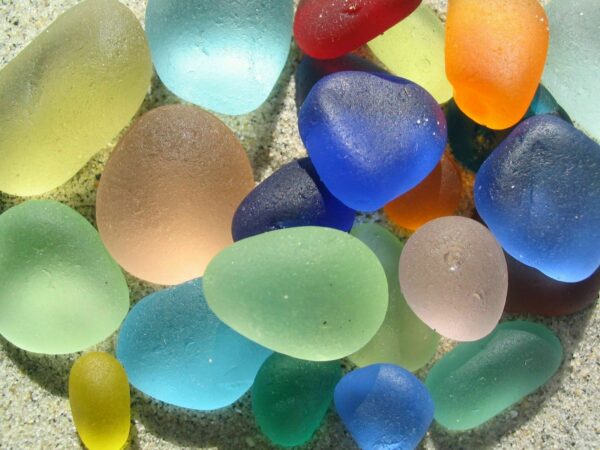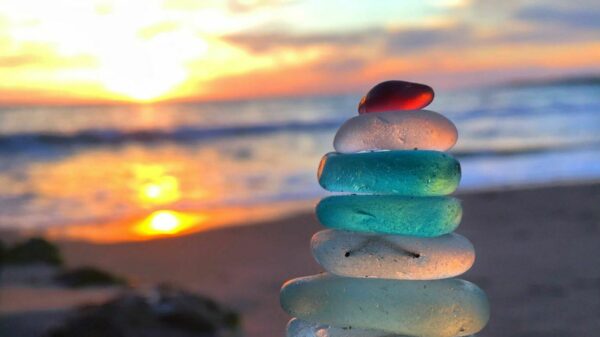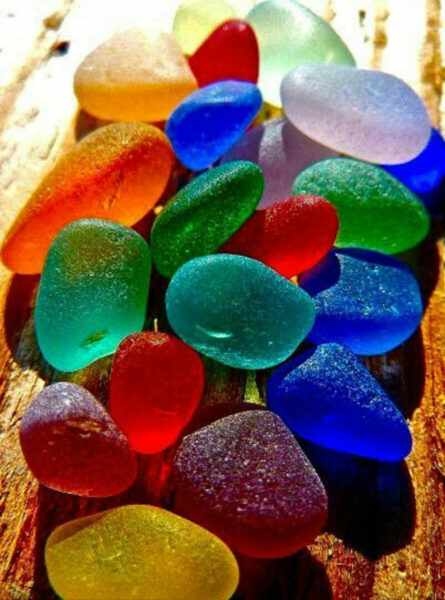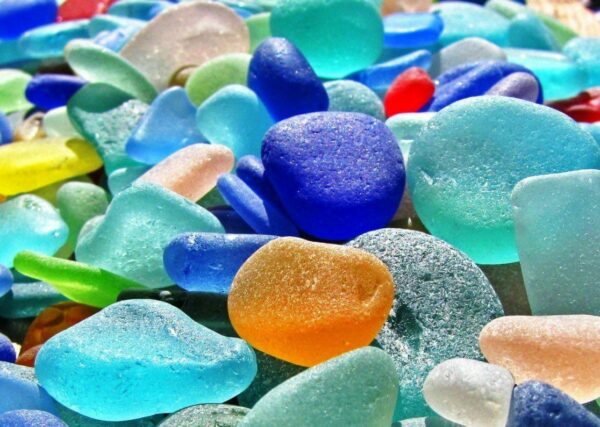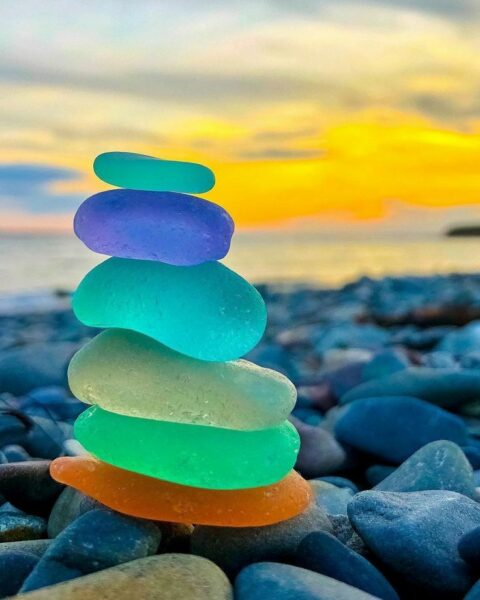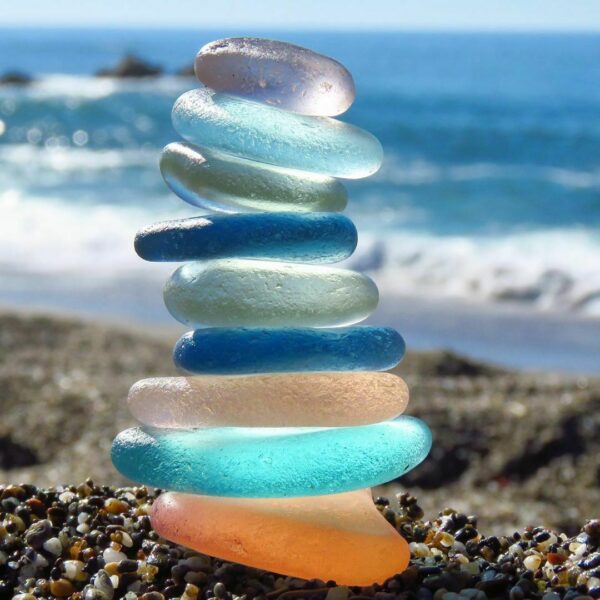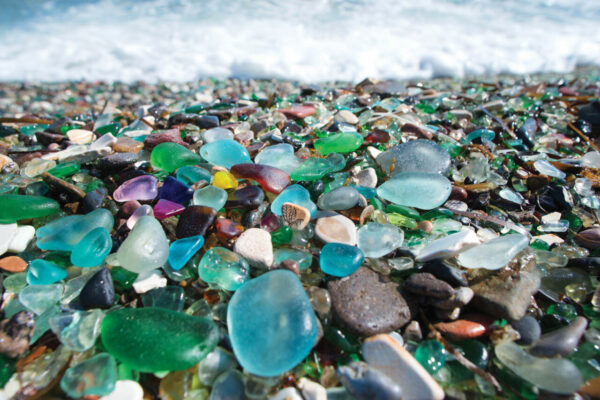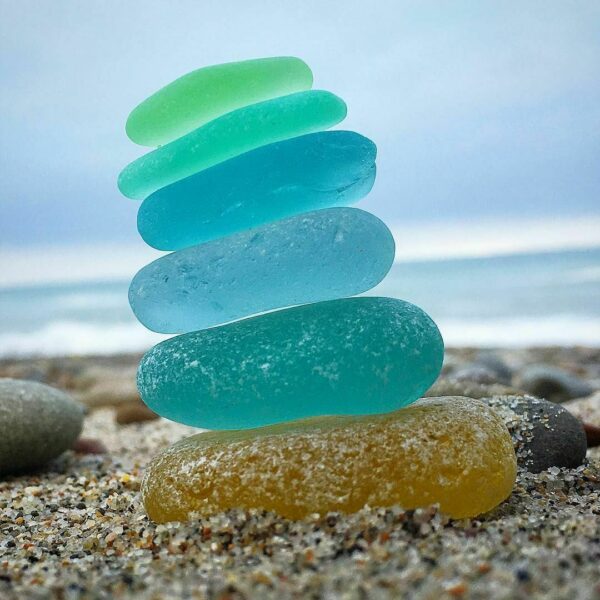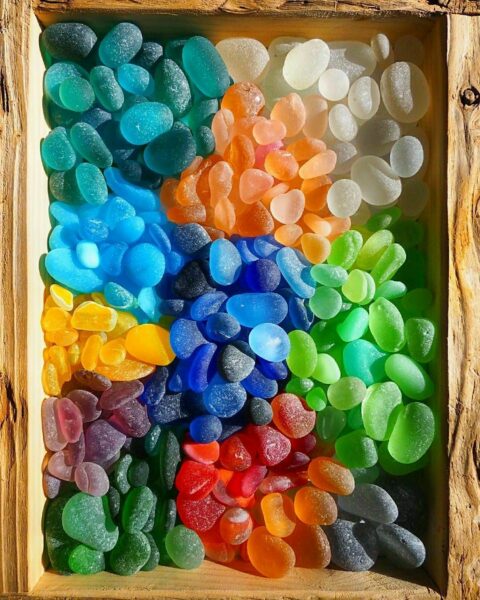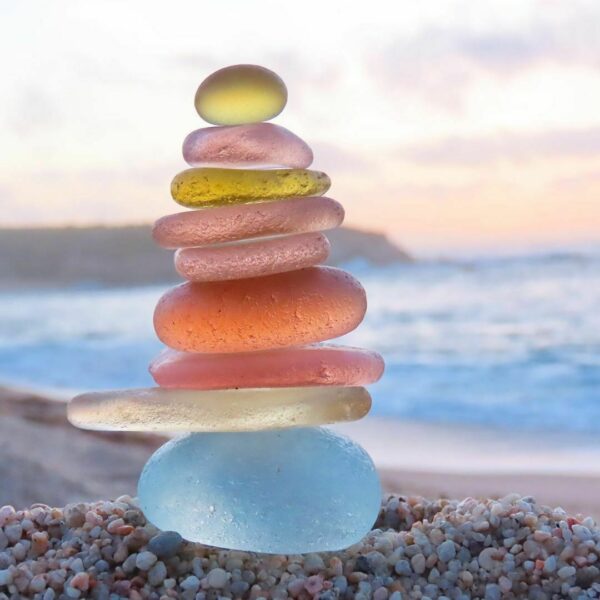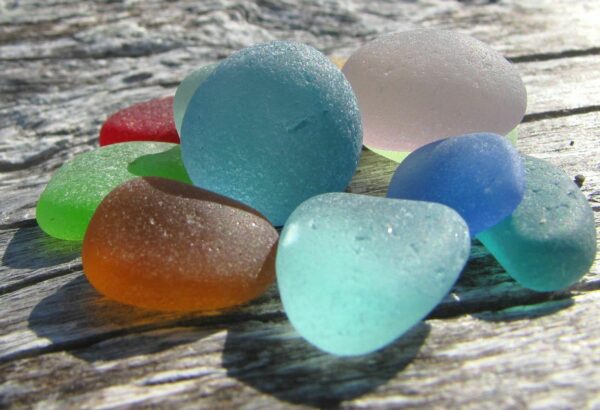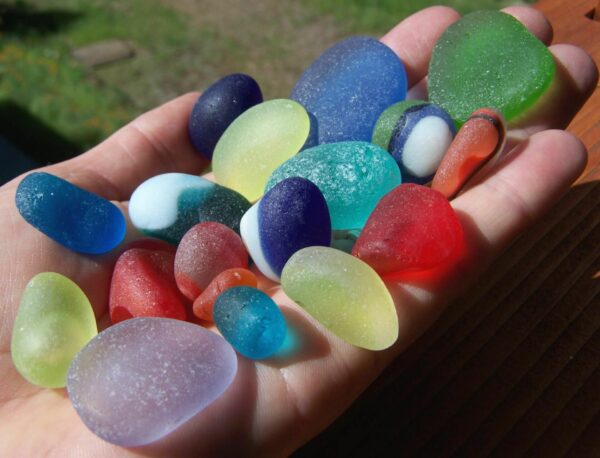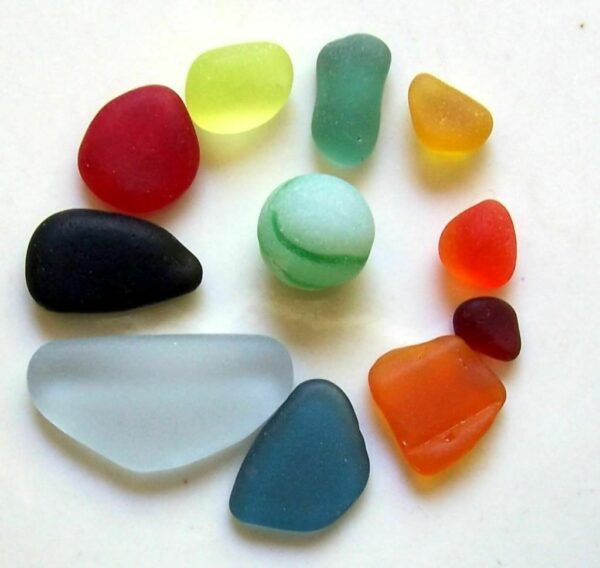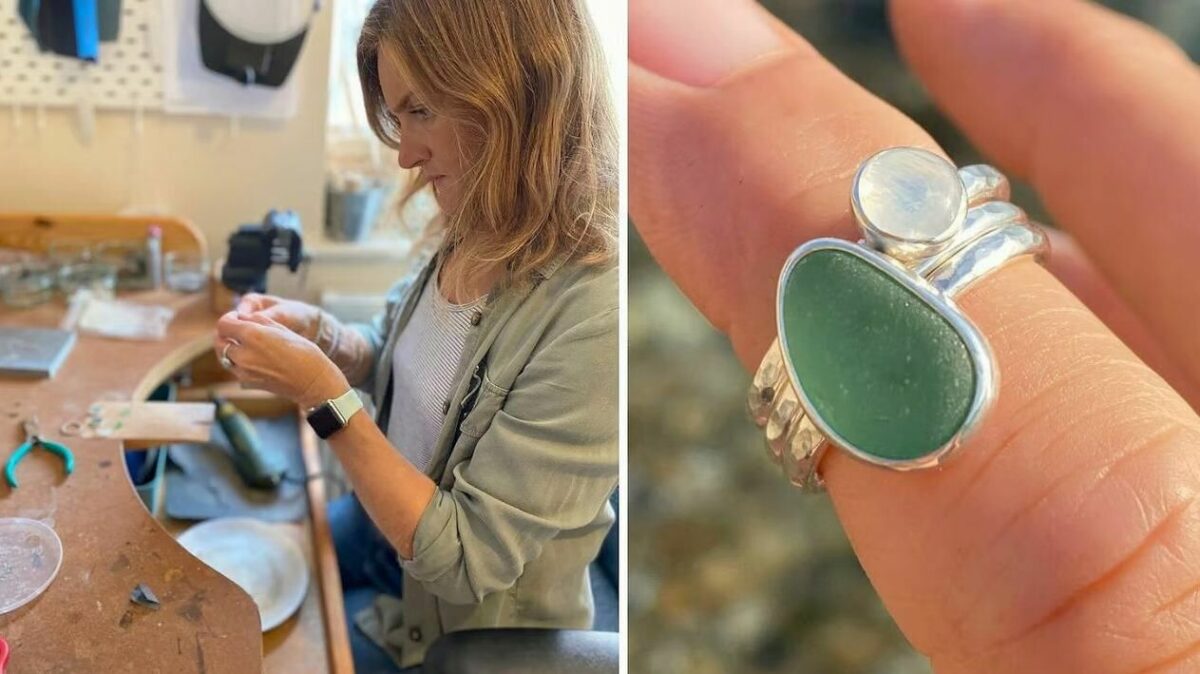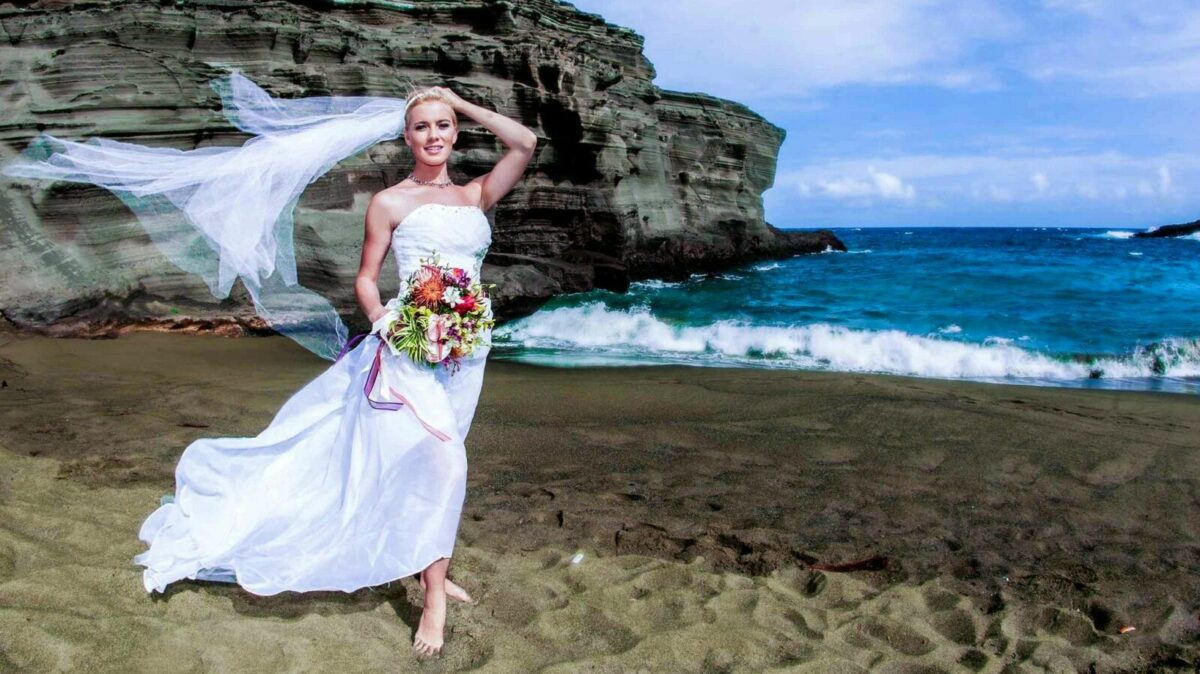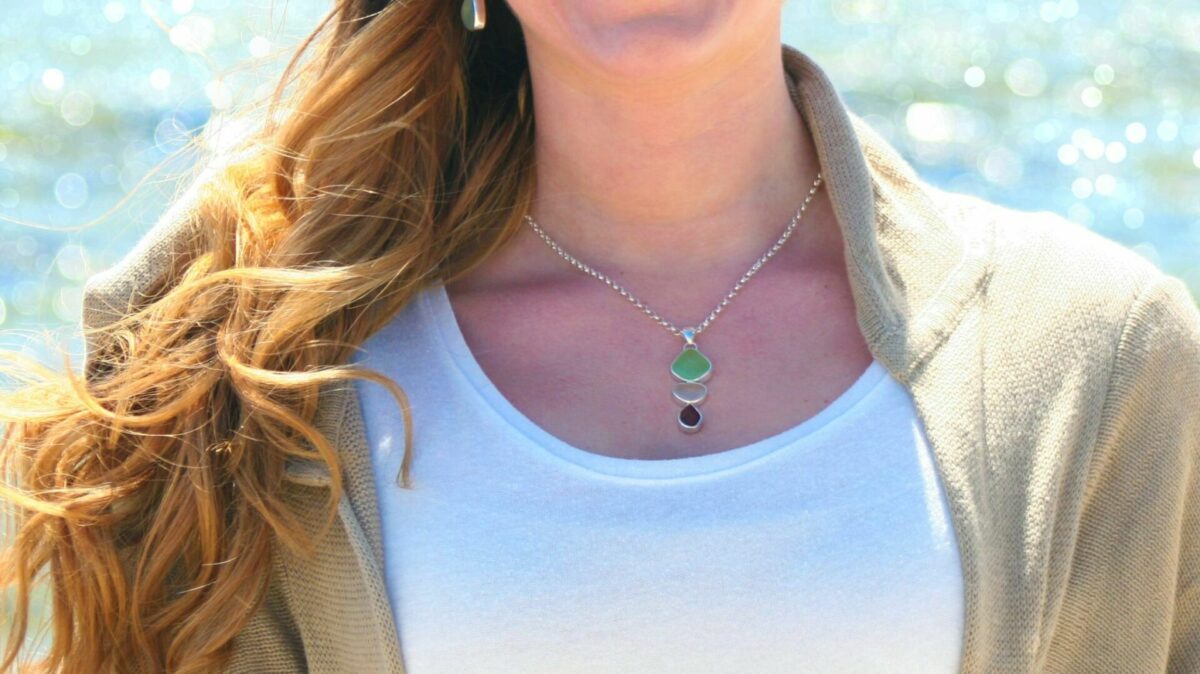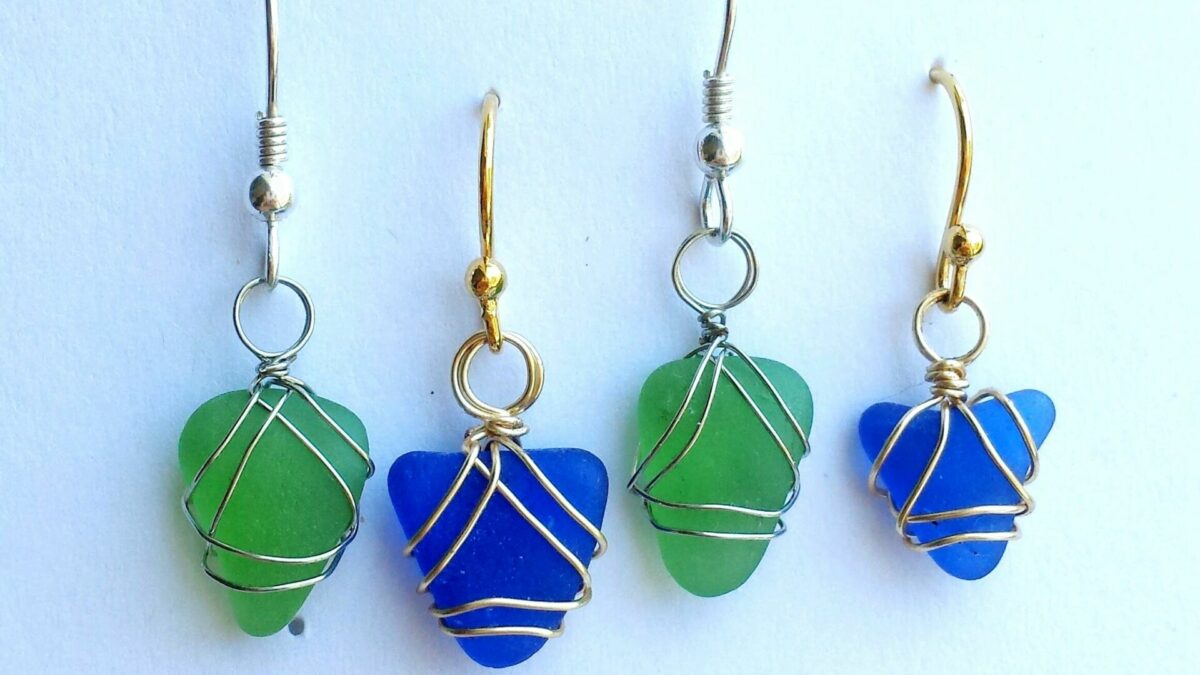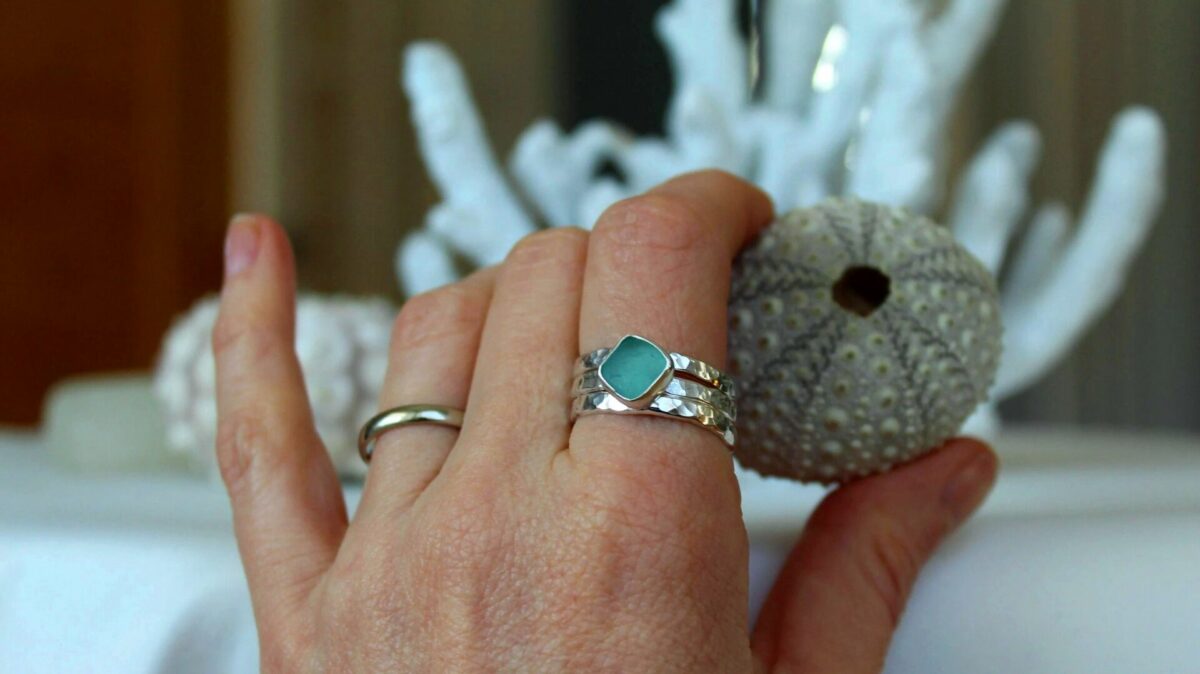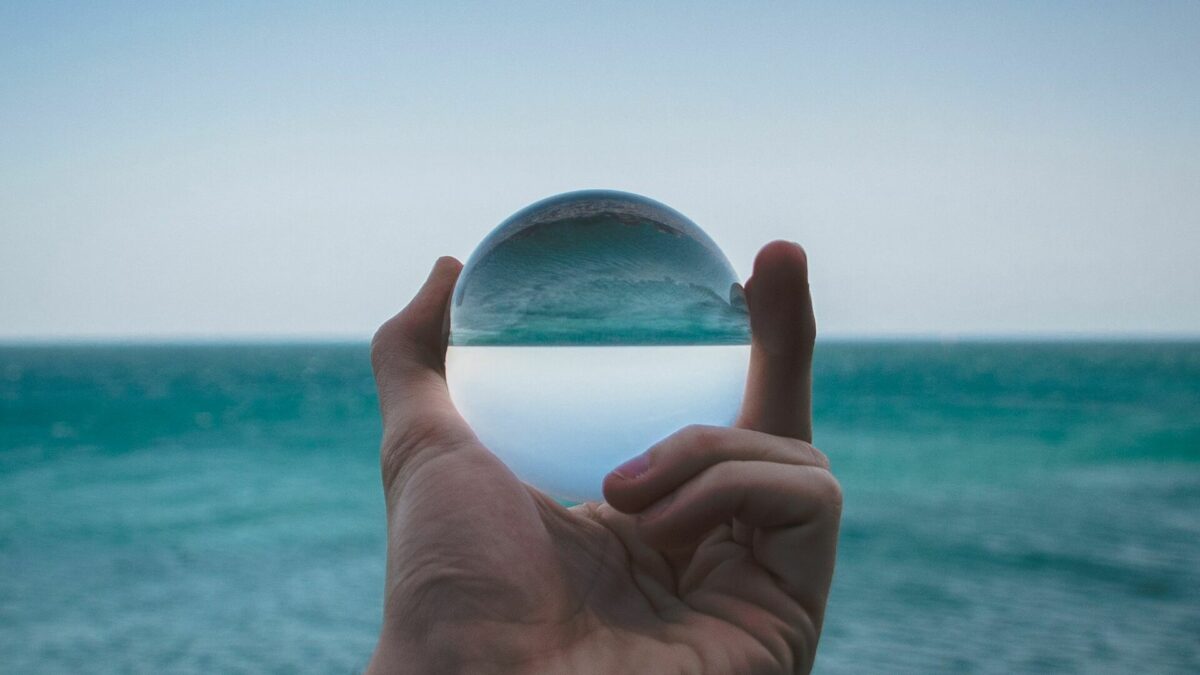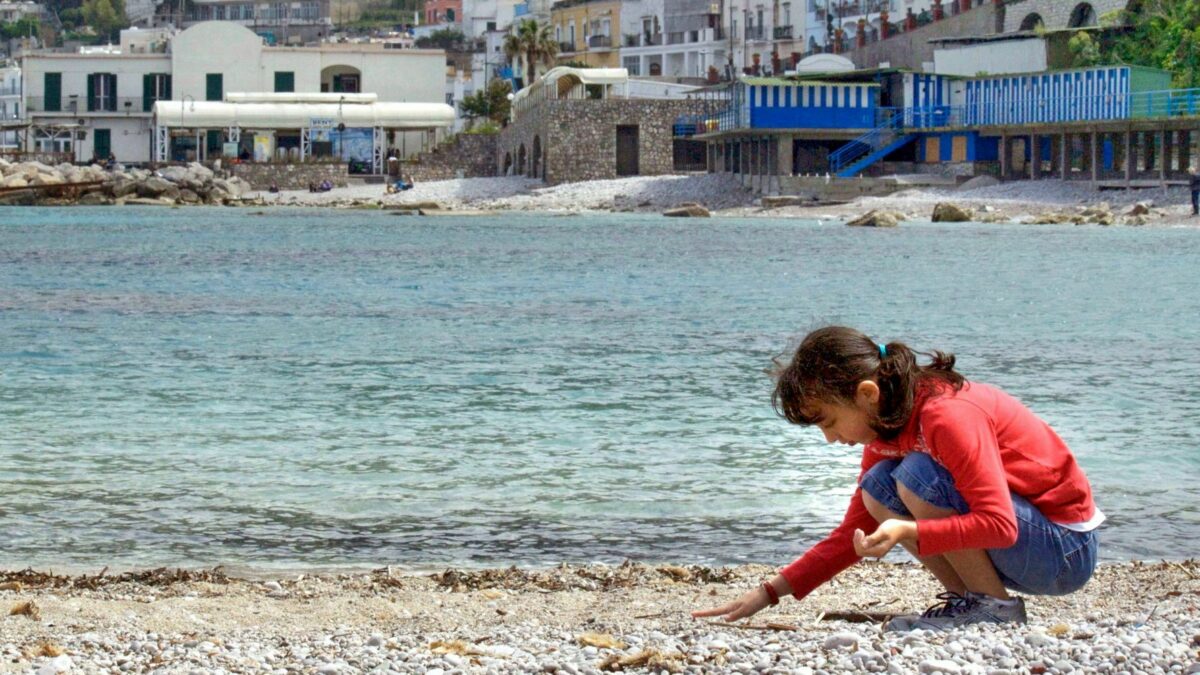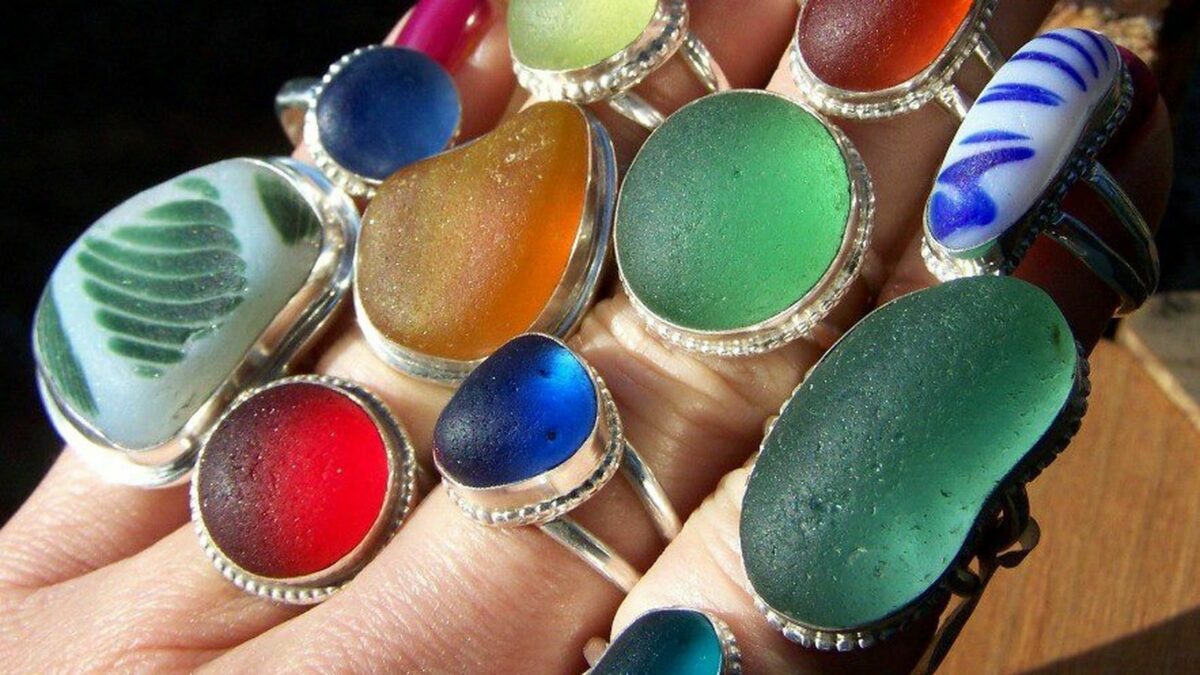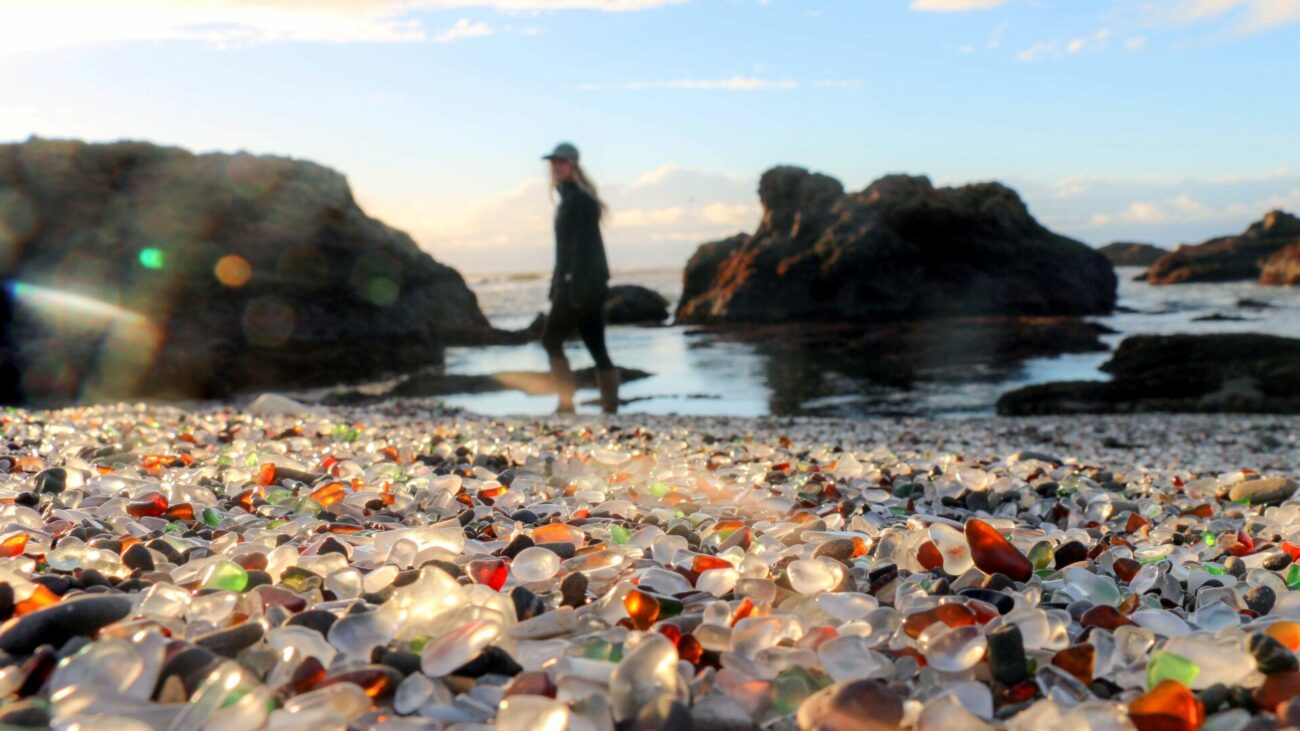Blog
The Hidden Gems of the Ocean: Exploring the Colors and Rarity of Sea Glass
The Hidden Gems of the Ocean: Exploring the Colors and Rarity of Sea Glass
Sea glass is a fascinating and beautiful material that has captured the hearts of collectors and beachcombers for generations. It is formed when glass bottles, jars, and other objects are discarded into the ocean and are slowly eroded by the waves and sand. Over time, the glass is smoothed and polished by the water and becomes a unique and colorful gem that can be found on beaches all over the world. In this article, we will explore the colors and rarity of sea glass and the history behind this fascinating material.
The Colors of Sea Glass: A Rainbow of Rarity and History
Sea glass comes in a wide range of colors, from the common green and brown to the rarest shades of red, orange, and purple. The color of sea glass is determined by the original color of the glass object, as well as the amount of time it has spent in the ocean and the conditions it has been exposed to. For example, clear glass that has been in the ocean for a long time will often turn a frosty white color, while blue glass can turn a beautiful shade of aqua.
One of the rarest colors of sea glass is red, which is highly prized by collectors. Red sea glass is so rare because it was only used for a short period of time in the early 20th century, and most of the red glass that was produced was recycled. As a result, finding a piece of red sea glass is considered a lucky and valuable find.
Another rare color of sea glass is orange, which is also highly sought after by collectors. Orange sea glass is rare because it was only used for a short period of time in the mid-20th century, and most of the orange glass that was produced was recycled. As a result, finding a piece of orange sea glass is considered a rare and valuable find.
In addition to the rarity of certain colors of sea glass, each color also has its own unique history and symbolism. For example, green sea glass is often associated with good luck and prosperity, while blue sea glass is associated with peace and tranquility. Brown sea glass is often associated with the earth and nature, while white sea glass is associated with purity and innocence.
Overall, the colors of sea glass are a fascinating and beautiful aspect of this unique material. Whether you are a collector or simply a beachcomber, the colors of sea glass offer a glimpse into the history and beauty of the ocean.
The Rarity of Sea Glass: A Treasure Hunt for the Ages
Sea glass is a rare and valuable material that is highly prized by collectors and beachcombers. The rarity of sea glass is determined by a number of factors, including the original color of the glass object, the amount of time it has spent in the ocean, and the conditions it has been exposed to. As a result, finding a piece of sea glass is considered a lucky and valuable find.
One of the rarest types of sea glass is marbles, which are highly prized by collectors. Marbles were often used as toys in the early 20th century, and finding a piece of sea glass that was once a marble is considered a rare and valuable find. Other rare types of sea glass include bottle stoppers, which were used to seal bottles before the invention of the screw cap, and insulators, which were used to protect electrical wires.
In addition to the rarity of certain types of sea glass, the rarity of sea glass in general is also determined by the location and conditions of the beach. Some beaches are known for their abundance of sea glass, while others may have very little. The conditions of the beach, such as the strength of the waves and the amount of sand, can also affect the amount and quality of sea glass that is found.
Overall, the rarity of sea glass makes it a treasure hunt for the ages. Whether you are a collector or simply a beachcomber, the thrill of finding a rare and valuable piece of sea glass is a unique and exciting experience.
The History of Sea Glass: From Trash to Treasure
Sea glass has a rich and fascinating history that dates back to the early days of glass production. Glass was first produced in ancient Egypt around 1500 BC, and was used for a variety of purposes, including jewelry, containers, and windows. As glass production spread throughout the world, glass objects began to be discarded into the ocean, where they were slowly eroded by the waves and sand.
In the early 20th century, the use of glass bottles and jars became widespread, and millions of these objects were discarded into the ocean. As a result, sea glass became a common sight on beaches all over the world. During World War II, the production of glass was limited, and many glass objects were recycled. This led to a decrease in the amount of sea glass that was produced, and the rarity of certain colors of sea glass.
Today, sea glass is highly prized by collectors and beachcombers, and is used for a variety of purposes, including jewelry, art, and home decor. The history of sea glass is a testament to the beauty and resilience of nature, and the ability of discarded objects to become treasures over time.
Conclusion
Sea glass is a fascinating and beautiful material that offers a glimpse into the history and beauty of the ocean. The colors of sea glass are a rainbow of rarity and history, each with its own unique symbolism and value. The rarity of sea glass makes it a treasure hunt for the ages, and the history of sea glass is a testament to the beauty and resilience of nature. Whether you are a collector or simply a beachcomber, the hidden gems of the ocean are waiting to be discovered.

